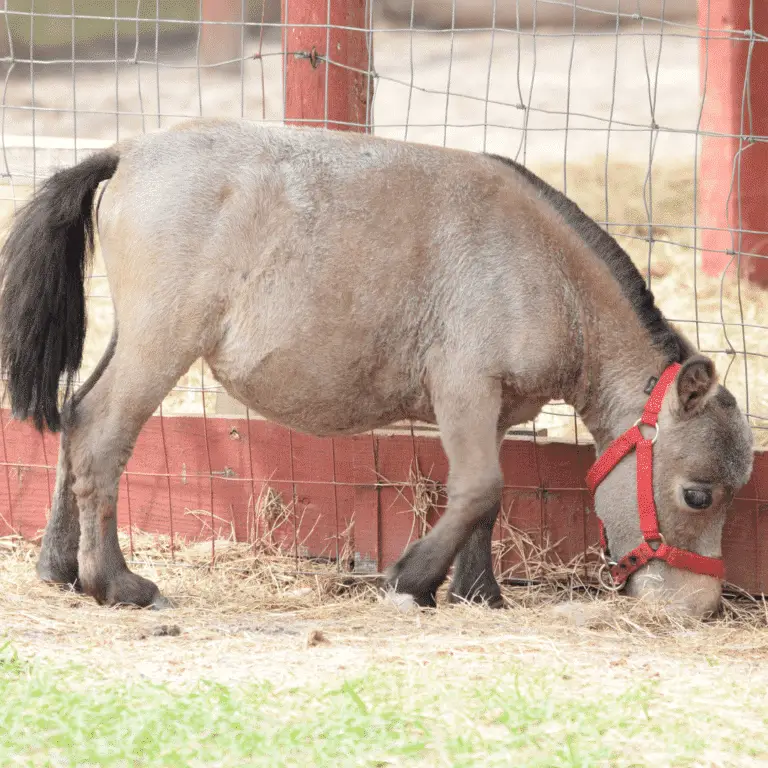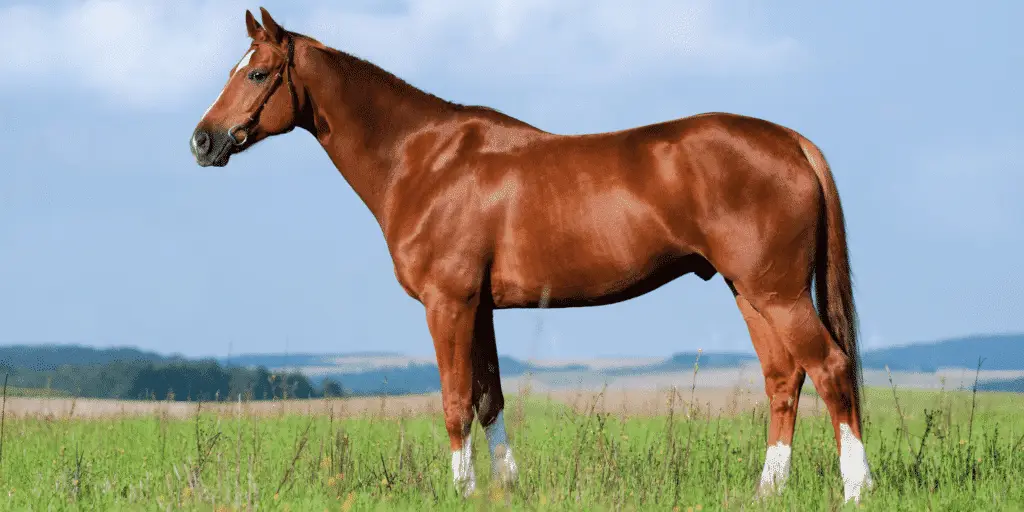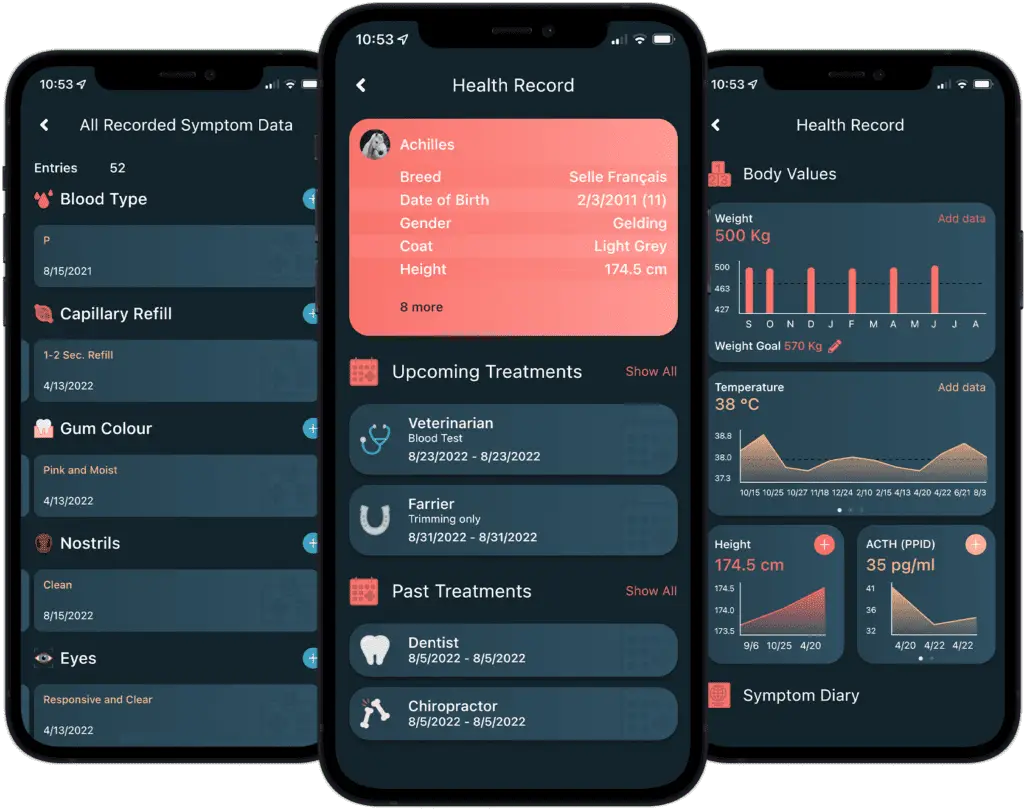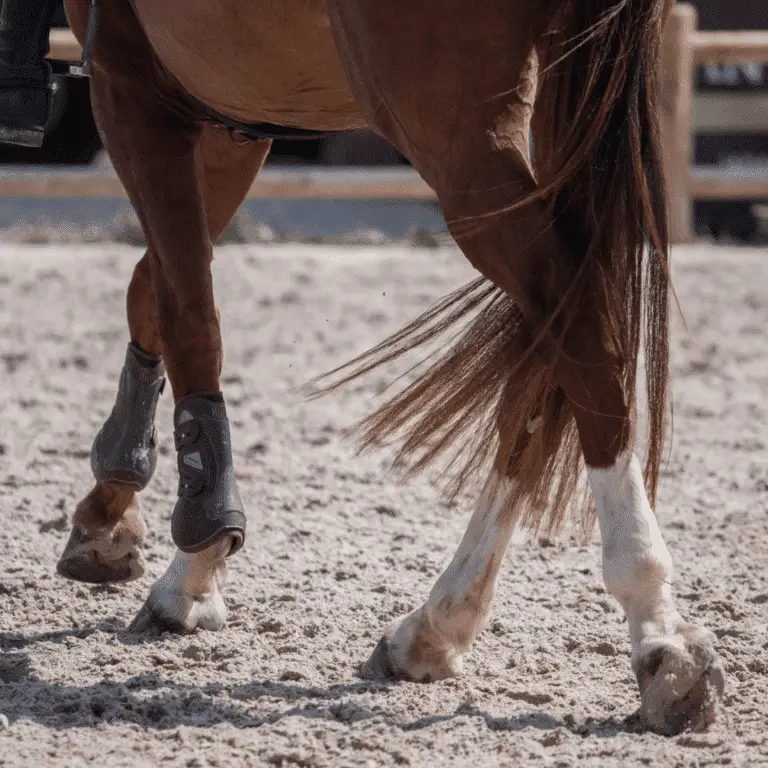
Dwarfism in Horses
Equine Dwarfism Seek veterinary advice if you suspect this disease. Dwarfism is defined as the “underdevelopment of the body characterised

Seek veterinary advice before applying any treatment
A cyst is a fluid filled structure, and subchondral means “under the cartilage.” A subchondral bone cyst (SBC) is a hard fluid filled structure within the bone underlying the joint surface.
The two major hypotheses of aetiology are:
1) that the cyst is a developmental failure of ossification, or
2) cysts are caused by subchondral bone trauma.
Both theories accept that inflammation within the cyst is responsible for cyst enlargement. Clinically significant bone cysts occur most commonly in areas of increased weight bearing, supporting the trauma hypothesis.
Present therapies for subchondral bone cysts in horses are varied and there is no consensus on the best treatment.
Some SBC’s are of little concern and require no treatment, while others may undermine the structure of the joint and cause collapse of the joint surface, resulting in arthritis and lameness.
Rest (up to six months), and a course of nonsteroidal anti-inflammatory drugs may bring some relief. A more recent approach to treatment has been the injection of steroids into the cyst, or the injection of either PRP or stem cells into the defect. But the cyst doesn’t resolve. It’s always there, ready to flare up when the horse starts to work again. SBC’s causing lameness are treated surgically using a variety of techniques.
There are several surgical treatments for SBCs, all done with arthroscopy.
The traditional and most common surgery is debridement. The surgeon basically digs out the cyst, scraping away the fibrous scar-tissue lining that forms inside it and leaving as much cartilage intact as possible.
Post-op care varies; usually, the horse will need two or more weeks of stall rest after surgery, to allow the inflammation to subside and healing to begin. That’s followed by weeks of hand-walking and then a gradual return to work over several months.
There is no reliable way to avoid sunchondral bone cysts. Critical evaluation of conformation is essential as gross abnormalities in conformation may cause persistent abnormal loading and hence SBSs.

Digital health management offers numerous benefits in modern equine healthcare.
With the Happie Horse App, you can track symptom patterns and body values, such as Temperature, Pulse and Respiration. Allowing you to notice abnormal changes in body and behaviour early on, leading to more successful treatments.
The Happie symptom checker allows you to add all of your horse’s abnormal symptoms in order to present potential causes and diseases.

Equine Dwarfism Seek veterinary advice if you suspect this disease. Dwarfism is defined as the “underdevelopment of the body characterised

Epiphysitis in Horses Seek veterinary advice if you suspect this disease. Epiphysitis, also known as physitis, is a generalized bone disease of

Fistulous Withers in Horses Seek veterinary advice if you suspect this disease. Fistulous withers is a chronic inflammatory skin disease characterised by